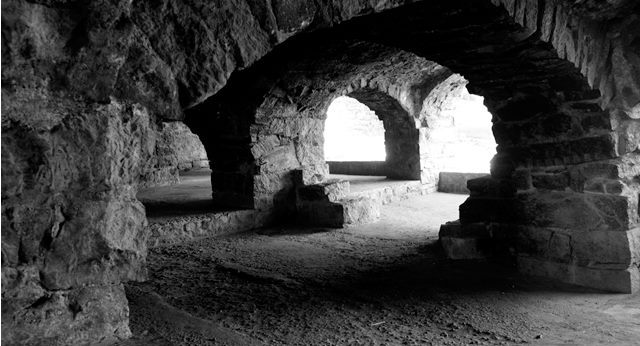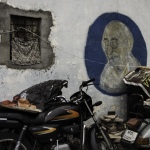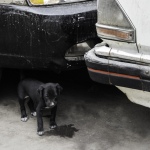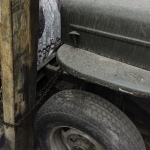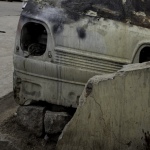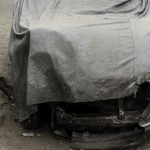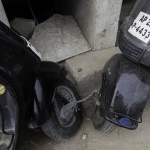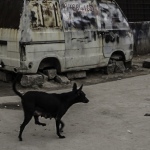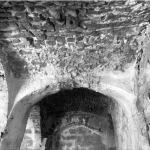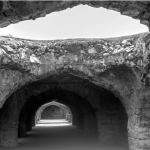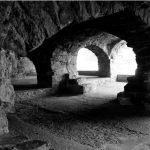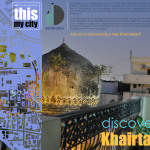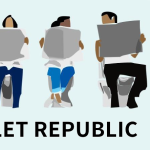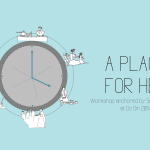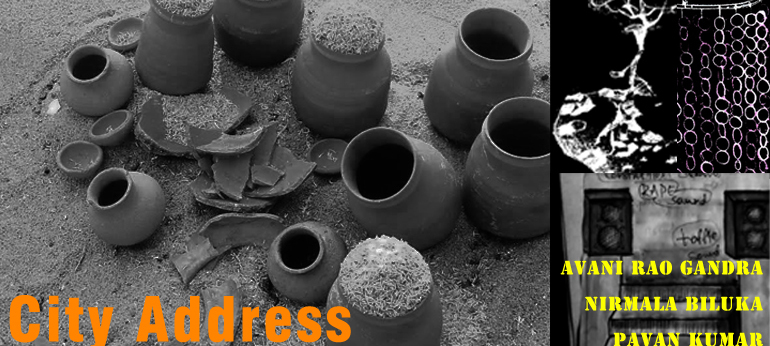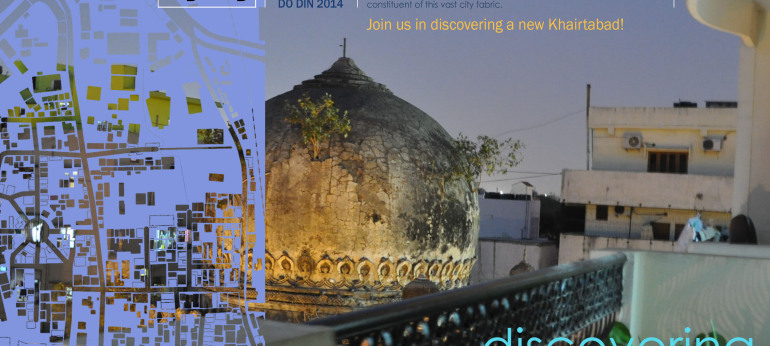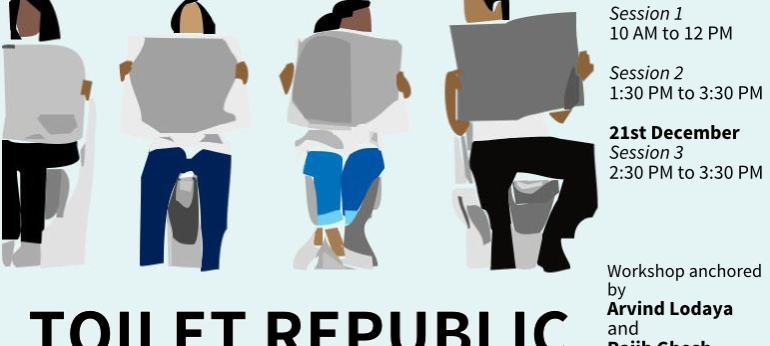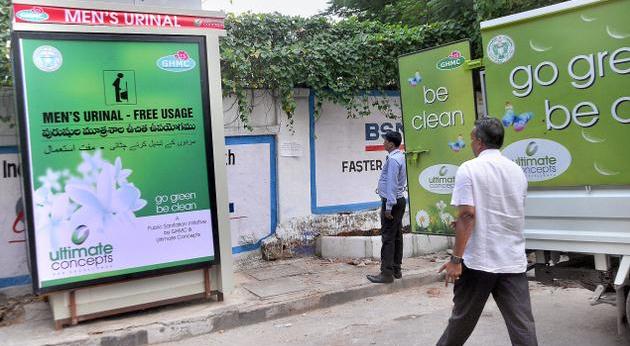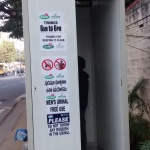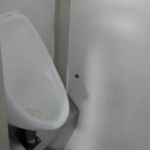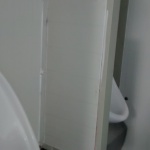We have 3 workshops lined up for Do Din!
Discovering Khairatabad – Walkabout & Workshop
December 20th – 7.30 am onwards – Starting point at Vidyaranya School
RSVP for the walkabout here: https://www.facebook.com/events/749244731818217/
Discovering a city neighbourhood: Most of the times people only know the typical “touristic” information about a particular city or the locality they live in. Information and knowledge about one’s own neighbourhood is one of the first steps towards developing that sense of belongingness and pride for it.
Does this translate into better planning and upkeep? Does it result in better civic amenities, social bonding and security for the locality? This workshop is an attempt to discover, understand and document some key miles stones in the growth of a Khairtabad as one of the central and important constituent of this vast city fabric.
Join us in discovering a new Khairtabad! Please RSVP on the facebook event, click here.
This workshop is open to all! School and college students are especially invited!
20th December 2014. The Walkabout is scheduled from 7.30 am to 9.30 am, starting at Vidyaranya School, i.e. the Do Din venue.
The Workshop will follow on returning the Do Din venue!
Discovering Khairatabad is anchored by Architecture and Design Foundation of India.
Toilet Republic – Design Workshop
December 20th – 1st Session from 10 am to 12 pm – 2nd Session from 1.30 pm to 3.30 pm.
December 21st – 3rd Session from 1.30 pm to 2.30 pm
Intake for this workshop is limited! Please register here – http://goo.gl/forms/ZzZJbKwNCj – now!
In light of the Swacch Bharat Mission, talk of open defecation, clean cities and public toilet infrastructures has seemingly entered the mainstream discourse. But public toilets have been constructed for several years now and a variety of models have been tried to attain optimal results. The issue remains salient, though, due to a conjunction of inadequate (leave aside non-optimal) infrastructures and certain engrained attitudes towards sanitation.
Not only are public toilets sparsely distributed, they are poorly distributed. Not only are they badly designed, they are unjustly designed. Not only are they poorly governed & regulated, they evidently are not at all regulated. Not only do they not attract users, they deter them. This makes one wonder what kind of thought is put into designing/constructing/operating public toilets?
Toilet Republic, a workshop at Do Din 2014, seeks to bring together citizens and provoke them to think about public toilets. Why are they important? How have they been built and operated so far and what have been the problems? What would it take to come up with a feasible design? What will have to be the considerations and what resources will be needed?
The workshop will focus on public toilets from 4 different lenses:
- Community & Location
- Economics & Viability
- Governance & Operational Management
- Design & User Experience
Rajib Ghosh of D-Labs and Arvind Lodaya will be the anchors for this workshop. Both of them are accomplished designers who are passionate about finding innovative solutions for tough problems and to improve quality of life.
A Place for Her – Design Workshop
December 20th – 10 am to 12 pm
Most women in the city confess that they do not have the time for any kind of leisure, or recreation, or self-enrichment!
There will be a host of factors, along with gender, such as class and geographical location that create this condition. This made us wonder, however, whether an additional problem might be the fact that there are very few spaces in the city where women can seek leisure or self-enrichment. We are all well aware of the proscriptions imposed on women (of all classes) in public places, besides, even community spaces (for the poor), or commercial spaces like malls and cafes, present peculiar obstacles to women pursuing their self-enrichment. Can we think of a different space for women?
Do Din 2014 will be hosting a workshop in collaboration with Architecture and Design Foundation of India. The aim of this workshop is to engage with women from different parts of the city and from different social situations, to think through the obstacles presented by their particular situations and locations and to think about possible designs for institutions or infrastructures that will present avenues for women to seek recreation. A place for them.
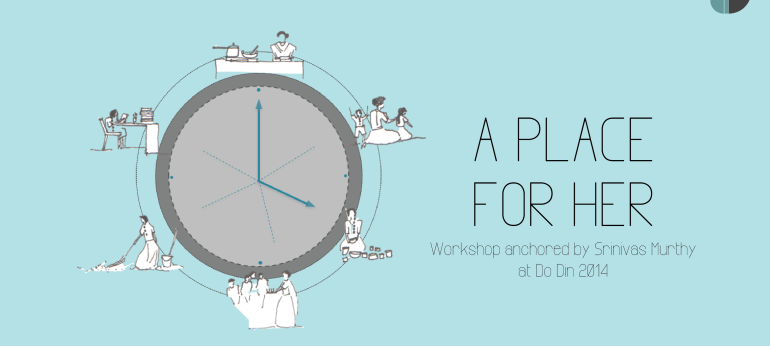
![personal space[2]](http://2014.do-din.org/wp-content/uploads/sites/3/2014/12/personal-space2-724x1024.jpg)
![public space[3]](http://2014.do-din.org/wp-content/uploads/sites/3/2014/12/public-space3-724x1024.jpg)
![public transport[2]](http://2014.do-din.org/wp-content/uploads/sites/3/2014/12/public-transport2-724x1024.jpg)
![Waste Disposal[2]](http://2014.do-din.org/wp-content/uploads/sites/3/2014/12/Waste-Disposal2-724x1024.jpg)
